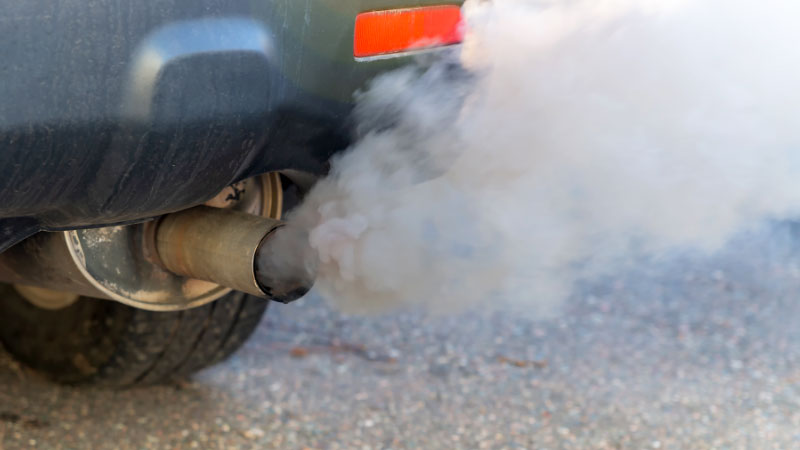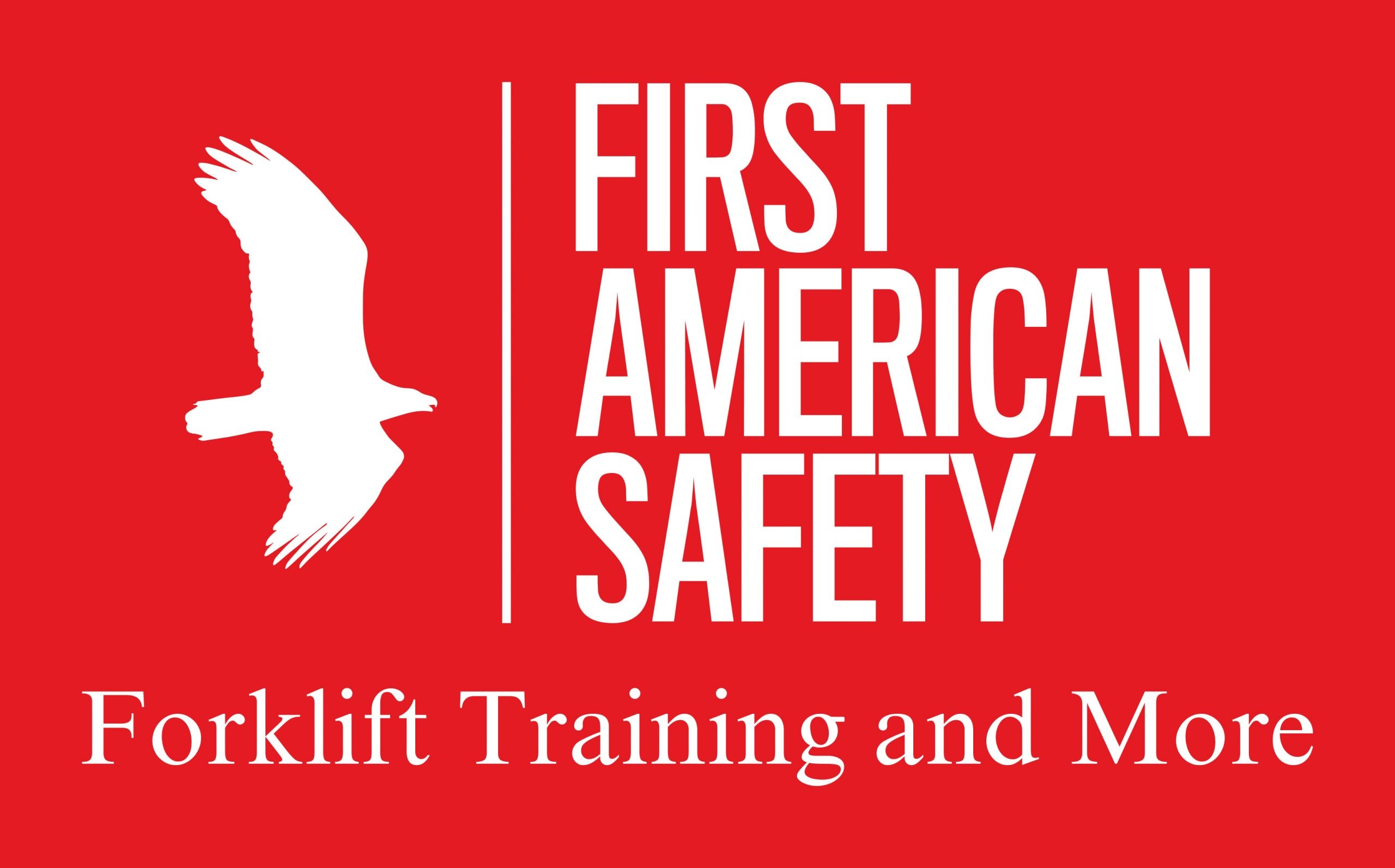Need some free safety meeting topics?
Carbon Monoxide – The Dangers of the Invisible Enemy
Carbon Monoxide – The Dangers of the Invisible Enemy Safety Meeting Topic

Carbon monoxide is a dangerous gas that is produced by combustion. It is one of the most common causes of fatal gas poisoning for workers in the USA. You cannot detect carbon monoxide (or CO for short) using human senses. This is because it is invisible, colorless, and has no smell. It is especially dangerous in a poorly-ventilated area. It can cause fatal poisoning before the victim even realizes there is a problem. Today, we will discuss how to reduce your risk of carbon monoxide exposure at work.
Why is Carbon Monoxide Dangerous?
Carbon monoxide blocks the body’s ability to absorb oxygen. When inhaled, your blood stream will carry CO and deliver it to your cells just like oxygen. This prevents oxygen from reaching your brain and vital organs.
CO is colorless and odorless. Exposure is impossible to detect without gas monitors. You may not know you are in danger until it is too late. Headache and nausea are the earliest symptoms of exposure. It may take some time for symptoms to appear, depending on several factors. In general, higher CO concentrations will lead to faster symptoms. Coma and death will occur if exposure lasts long enough.
How Carbon Monoxide Exposure Happens at Work
You are exposed to CO when near a running engine or anything that is burning. Normally this is not a major problem. You may encounter dangerous concentrations of CO in enclosed spaces with poor ventilation, however. Sources of CO at your job may include:
- Internal combustion engines (vehicles, generators, heavy equipment)
- Propane space heaters
- Fire
- Cooking equipment that uses fire
- Furnaces
- Kilns
- Boilers
The fumes can potentially reach you even if the source is not in the same room as you. For example, a generator running outside of a confined space can lead to CO flowing into the confined space. Workers in the confined space would be exposed as a result.
Reducing CO Hazards
All workplace hazards should be controlled. The best way to control a hazard is to eliminate it entirely. Unfortunately, that is usually not possible. The hierarchy of controls is the best way to address workplace hazards. These controls come in the following order, in order of effectiveness:
1. Elimination or Substitution- This is the most effective control. It means eliminating the hazard by substituting a safer process or material wherever possible.
- Can you replace gas or diesel equipment with electric equipment? If not, then you will consider:
2. Engineering Controls– Making physical changes to the workplace or equipment to reduce exposure.
- Can you install emission control devices?
- Can air intakes be installed away from areas with a lot of vehicles?
- Are you able to improve ventilation?
- If not, then consider:
3. Administrative Controls- This means changing work practices, policies, training, and warning methods in order to reduce the hazard.
- Develop a written procedure to reduce CO exposure.
- Can you install warning signs near CO sources?
- You can use gas monitors to measure CO levels.
- Companies should provide training on CO hazards.
4. Personal Protective Equipment- This is the least effective control. You should treat PPE as the last line of defense. You should combine PPE with other controls.
- Are employees using the correct respirator for the job?
- Have you inspected and cared for your respirator to ensure it works?
Conclusion
Carbon monoxide poisoning kills hundreds of people each year. As a result, workers must reduce their exposure to CO at work. Remember the hierarchy of controls whenever you work around combustion sources. Working with poor ventilation or in confined spaces will increase the risk.
For more information, visit OSHA’s fact sheet on carbon monoxide poisoning.
Hazard Communication Training should cover CO hazards in the workplace.
